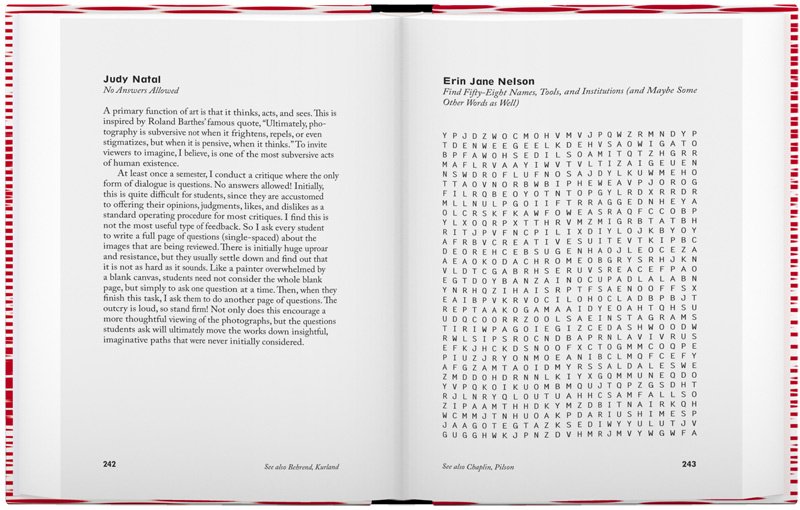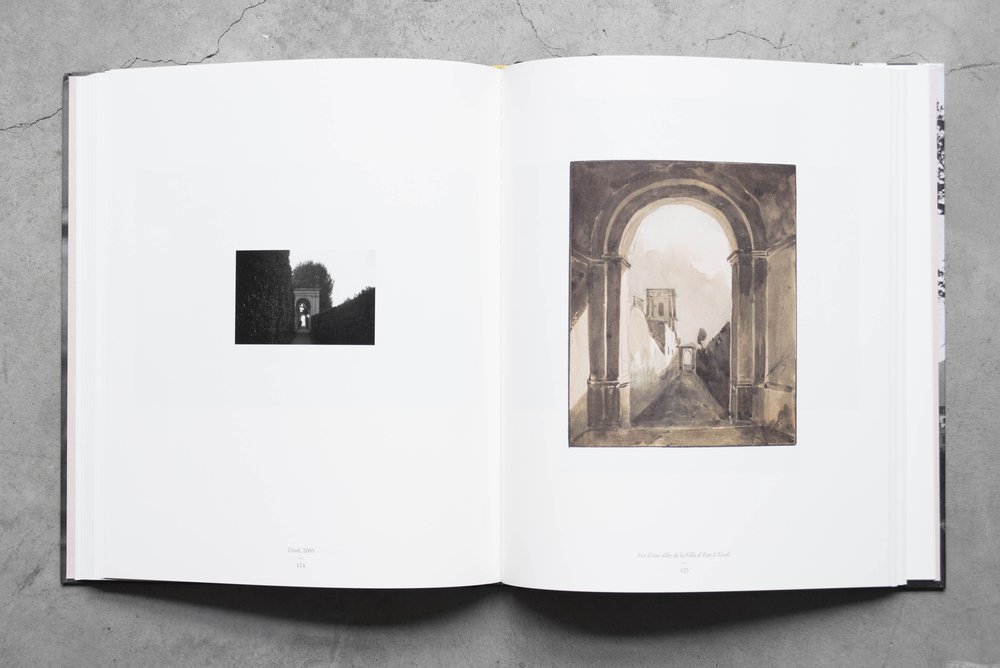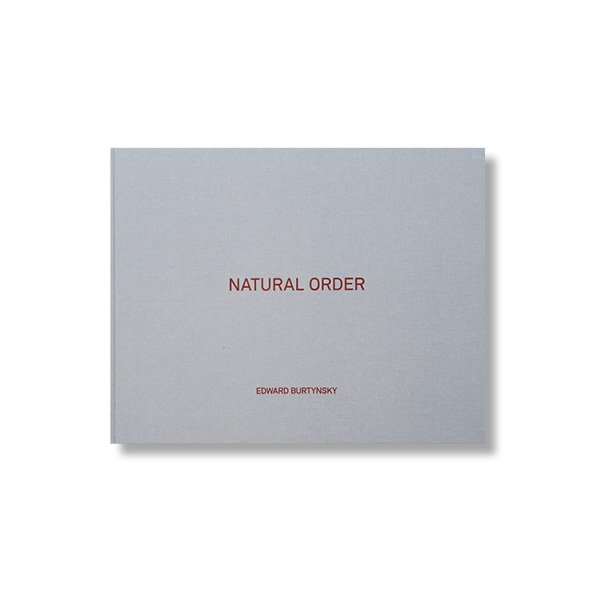 Image 1 of 10
Image 1 of 10

 Image 2 of 10
Image 2 of 10

 Image 3 of 10
Image 3 of 10

 Image 4 of 10
Image 4 of 10

 Image 5 of 10
Image 5 of 10

 Image 6 of 10
Image 6 of 10

 Image 7 of 10
Image 7 of 10

 Image 8 of 10
Image 8 of 10

 Image 9 of 10
Image 9 of 10

 Image 10 of 10
Image 10 of 10











Yevgeniy Pavlov / Violin
Yevgeniy Pavlov took his first steps in art in the late 1960s, and by 1971, along with his friend Jury Rupin, had already established Vremia (Time), a group of avant-garde Kharkiv photographers (Boris Mikhailov, Oleh Maliovany, Anatolii Makiienko, Oleksandr Sytnychenko, Oleksandr Suprun, and Hennadii Tubalev). The group’s arrival marked the beginning of the phenomenon of the Kharkiv school of photography, known for its “blow theory.” For a long time it was the only active center of the photo avant-garde in Ukraine.
Only in the context of these years when defeminization and demasculinization were imposed by the Soviet regime, can the cult of the naked body, which dominated Vremia’s photos, be understood as one of the fundamental positions of their “blow theory.” Pavlov’s Violin series, shot in 1972, was its manifestation, organically embodying the ideas of the nonconformism of those years. It is also perceived in the context of the Soviet hippie movement and the triumphant march of the music culture of the Beatles in the late 1960s–early 1970s. The main innovation of the work, significant for the general cultural space of unaffiliated art in the USSR, was the massive shot of the naked male model, which was done as an artistic project. This work with the group of “hippie” youths became the prototype of happenings and events shot as film stills.
Even dignified by the instrument, this transgression of the erotic subject was perceived as an attempt on the moral foundations of Soviet society. But thanks to the violin’s presence, the performance “with musical instruments” invoked high art, bringing to mind connotations with classics of visual art.
Published by Rodovid
Russian / English
30 x 30 cm
128 pages
2018
Yevgeniy Pavlov took his first steps in art in the late 1960s, and by 1971, along with his friend Jury Rupin, had already established Vremia (Time), a group of avant-garde Kharkiv photographers (Boris Mikhailov, Oleh Maliovany, Anatolii Makiienko, Oleksandr Sytnychenko, Oleksandr Suprun, and Hennadii Tubalev). The group’s arrival marked the beginning of the phenomenon of the Kharkiv school of photography, known for its “blow theory.” For a long time it was the only active center of the photo avant-garde in Ukraine.
Only in the context of these years when defeminization and demasculinization were imposed by the Soviet regime, can the cult of the naked body, which dominated Vremia’s photos, be understood as one of the fundamental positions of their “blow theory.” Pavlov’s Violin series, shot in 1972, was its manifestation, organically embodying the ideas of the nonconformism of those years. It is also perceived in the context of the Soviet hippie movement and the triumphant march of the music culture of the Beatles in the late 1960s–early 1970s. The main innovation of the work, significant for the general cultural space of unaffiliated art in the USSR, was the massive shot of the naked male model, which was done as an artistic project. This work with the group of “hippie” youths became the prototype of happenings and events shot as film stills.
Even dignified by the instrument, this transgression of the erotic subject was perceived as an attempt on the moral foundations of Soviet society. But thanks to the violin’s presence, the performance “with musical instruments” invoked high art, bringing to mind connotations with classics of visual art.
Published by Rodovid
Russian / English
30 x 30 cm
128 pages
2018
























